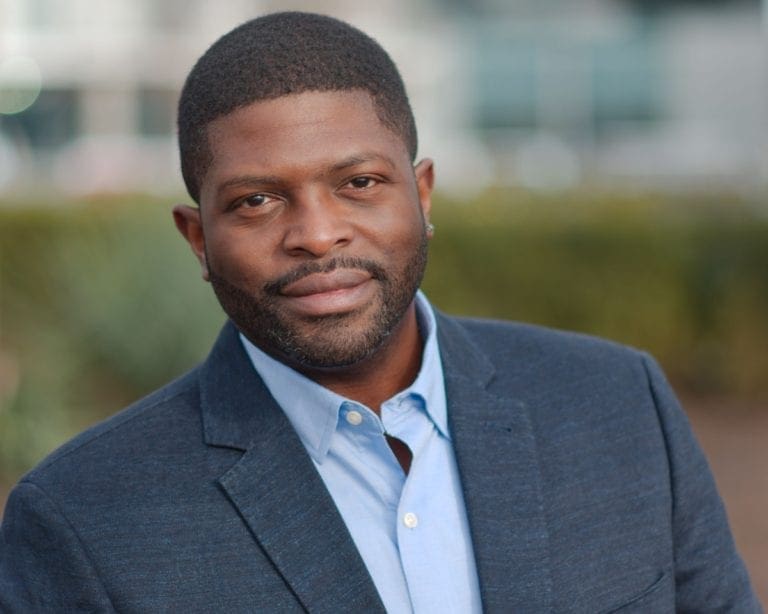Jump to section…

If you’re a C-suite executive, how do you and your team consistently get better at your jobs while simultaneously managing the challenges that come with being at the top? While executive leadership is difficult, effective resources exist, and they can make all the difference. Enter C-suite coaching.
What Is a C-suite Coach?
A C-suite coach works with members of an organization’s C-level executive team to maximize wellness and performance at both individual and team levels. C-suite coaching typically includes key members of the leadership team, like the CEO, COO, CFO, CTO, CMO, and more.
In C-suite coaching, leaders may work with coaches in a number of common ways:
- Through a one-to-one coaching format
- With multiple team members through a team coaching format
- Through a combination of both one-to-one and team coaching (a common strategy that simultaneously maximizes personal and team development)
C-level executive coaching may be a useful resource for any leader, regardless of tenure or experience. Every leader has strengths and weaknesses. For those interested in doubling down on what’s working and improving on what isn’t, there’s no better place to start than with coaching.
3 Common Needs for C-Suite Executive Coaching
Ultimately, coaching is designed to meet a client wherever they are in their leadership journey.
A great coach adapts to tailor the coaching to meet the client’s desired outcomes. Having done this with hundreds of executives throughout his coaching career, Geramy reveals exactly where he has seen C-level clients gain the most value.
1. Hiring a C-suite Coach Because It’s Lonely at the Top
Reason number one for hiring a C-suite coach is quite simple: it’s lonely at the top for executive leaders. Whereas lower-level employees can turn to their direct supervisors for support and reassurance, to whom does a CEO or CFO turn?
Typically a C-level executive team answers to a board of directors, a unique relationship that may actually add to the sense of loneliness. In most organizations, the board primarily represents the stakeholders’ or investors’ interests. Acting as a form of checks and balances, the board keeps an eye on executive performance and has the power to make personnel changes when appropriate. As such, the board serves less of a supporting role for executive leaders and more of a governing role.
Contrast a board of directors with a coach, and the two serve very different purposes. A coach’s only interest is that of their client (in this case, a C-level executive). A coach is a confidential resource with whom executives can discuss ideas, validate hunches, admit to weakness, face fears, and ultimately improve as leaders. With a coach in your back pocket, executive leadership becomes significantly less lonely.

“I’ve coached dozens of C-suite executives, and the reason coaching is so well-received at this level is really quite simple: it’s very lonely at the top.”
– Geramy Quarto, a)plan coach
2. Managing Pressure Through C-level Executive Coaching
Not only do C-suite leaders experience the loneliness at the top, they also feel the pressure from many angles. It’s understandable. The board holds executive leaders responsible for keeping stakeholders and shareholders happy, driving strong financial results, and making critical decisions that shape their organizations.
Coaching affords the opportunity to work through that pressure more gracefully. A coach helps the client assess what’s in front of them, then map out different ways to get to a desired destination. This process of weighing multiple options can be a freeing experience for leaders who may have otherwise felt cornered by a given situation or challenge. At a)plan, we like to refer to this balanced state of performance and wellness as “excellence with ease.”
3. Honing Your Craft as a High-Performing Executive
Every leader has a weakness. As long as that’s true, coaching can provide value to leaders who are committed to constant self-improvement. Some common coaching focuses for C-suite leaders include change management, executive presence, public speaking, effective communication, and embracing macro-shifts, like transitioning to remote work and prioritizing Diversity, Equity, and Inclusion (DEI) initiatives.
Note that honing your craft as a high-performing executive can be a focus for both yourself and your team. It often takes more than just yourself committing to self-improvement to reap benefits that reach far and wide throughout an organization. When an entire executive team levels up their game through coaching, everyone wins—from your executive peers to those at the very bottom of the org chart.
How C-Level Coaching Extends Beyond the C-Level
How, exactly, do the benefits of coaching cascade down from the executive level to everyone else in the organization? This outcome flows from what we call a “coaching culture.” A coaching culture is defined by leaders who champion organizational values, listen to all voices, encourage healthy communication, support employee success, and embrace the shift to a more compassionate workplace.
As Geramy describes it, coaching has the power to transform the people culture of an organization. In a modern approach to effective management, C-suite executives model habits and behaviors that can bridge the gap in moving from a disjointed team to a collaborative one.
“Your actions as a C-suite executive send subtle messages to team members surrounding what is considered acceptable and normalized behavior in the workplace.”
–Amy Chiang, a)plan coach

The ability of executive leaders to channel their best selves can make all the difference, not just for culture, but also for an organization’s bottom line. We’ve estimated that organizations using coaching can expect a 4x return on their investments, a figure largely driven by productivity and talent retention improvements catalyzed by coaching. To that end, bringing coaching to not just an executive team, but also to a broader cohort of managers and supervisors, can produce exponential returns by way of needle-moving metric improvements.
What to Look for in a Coach
As Geramy explains, it helps for a coach to have experience behind the wheel as a former executive leader. But that doesn’t necessarily mean a great coach must have CEO experience or Fortune 500 experience.
A coach doesn’t need to know the extensive details behind an organization’s operations. Rather, a great coach engages C-suite leaders to discover how best to own their roles—a process that is as much about understanding how humans work as it is about how companies work.
The coaching process often reveals that C-level executives know what to do next, but they don’t always trust themselves to take that next step. With a coach’s support, leaders are heard, understood, and held accountable in ways that make change and progress that much more attainable. A great coach helps executive clients stay focused on the heavy-hitting, macro-level projects that they are hired to lead with confidence.
C-Level Coaches at a)plan coaching
As a boutique coaching firm, we at a)plan have crafted our coaching roster carefully since day one. We only hire top-tier coaching talent who have a certain breadth and depth of experience, training, and diversity of backgrounds in race, gender, sexual orientation, age, and more.
Within that diverse roster, we not only have coaches who have worked with hundreds of C-suite executives, we have coaches who have operated at the C-level themselves. To work with excellent C-suite coaches like Geramy, Amy, and Walter, let us know a bit more about your situation, and we’ll be happy to chat.

C-suite executives often lack a dedicated, confidential space to work on themselves holistically. For a growing number, coaching is that space.
Geramy Quarto
Geramy’s profile >

Coaching is one of the most effective tools for people to develop the skills, emotional intelligence, and overall perspective to become great leaders.
Amy Chiang
Amy’s profile >

The real power in coaching is allowing you, the client, to understand and unlock all of your potential to get where you want to be.
